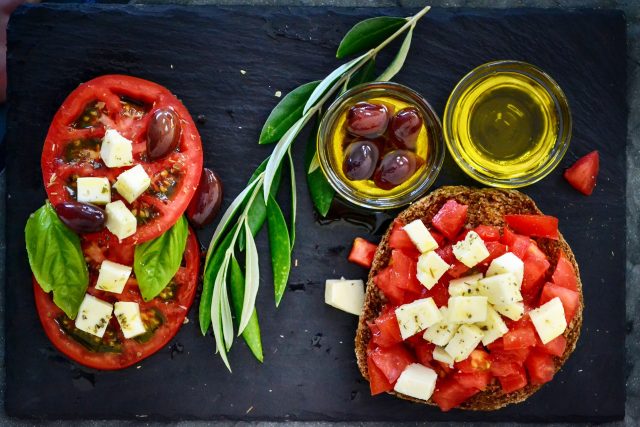
The battle over the Nutriscore marks a point, perhaps the definitive one, in favour of Italy and the other nations opposed to this rating system.
The discussion on the adoption of an EU-wide food labelling system, a system that included Nutri-Score as one of the main candidates for victory under the support of the Franco-German axis, has in fact been removed from the current EU legislative agenda.
The halt to the process of adopting an EU-wide mandatory food labelling system is certainly not unexpected, given the controversy surrounding it and the battle between different views, which saw Italy at the forefront of the traffic light system’s opponents.
The main reason for the disagreements stems from the significant differences between EU members in their approach to food labelling, an approach that, in the Italian government’s opinion, in addition to being punitive towards typical and traditional products, the strong point of Italian production, is not really educational for the consumer.
As is well known, the Nutri-Score is a traffic light-style front label that uses a combination of five coordinated colours and letters to assess the health of a packaged food based on its fat, sugar, salt and calorie content per 100 grams or millilitre portion. Green A indicates the healthiest option and red E indicates the least healthy.
The objection that is made to the French system stems precisely from the way in which it is evaluated, because it is emphasised that it is essential to inform and educate citizens about food, to form and arrive at informed consumers. The risk of systems such as the Nutriscore was that it would lead to consumers uncritically relying on a label that is not based on a scientific principle, but pivots on nutritional profiles and algorithms that are not recognised by science and that aim to discriminate against this or that specific food.
Hence the perplexity of Italy and 7 other member countries, including situations like this one: the system should be educational and consider food as a whole. Giving indications on individual products, distinguishing them between good and bad, would be uneducational and harmful, and it would be precisely those diets, such as the Mediterranean diet, considered by top nutritionists to be the healthiest and most balanced, that would suffer.
In addition to this, the system would be to the advantage of the French and German large-scale distribution system and to the detriment of Italy and its food excellence. Suffice it to say that with Nutriscore, products such as Parmigiano dop or olive oil would be at risk of a red label.
A stop was therefore hoped for and awaited in particular by Italy, which is among the countries that have fought the hardest against the Nutriscore, by the Czech Republic, Cyprus, Greece, Hungary, Latvia and Romania, but also by Sweden, Denmark and Lithuania, together with the European Economic Area countries Norway and Iceland, which have always expressed strong misgivings about the system.
Hence, the decision to postpone the debate, because as confirmed by Roser Domenech Amado, Director of the European Commission’s Directorate General for Health and Consumers, “we are approaching the end of the legislative period” and for the European Commission “it is very important to present a balanced proposal”, and “not a radical one. The Nutriscore is only one of the systems” that exist “there are several, but that does not mean that our system will be based on the Nutri-score,” said Amado.
There remains a common commitment to promote a debate on how to encourage healthy diets through adequate consumer information, provided that for this purpose we do not adopt tools that can create an induced division between healthy and unhealthy foods, without taking into account national food traditions and without a real scientific approach that considers the diets and food systems of countries.
Femo



 Subscribe
Subscribe